
Review on 📡 Izokee ESP-01 Serial WiFi Transceiver Module with USB Converter, Compatible with Arduino by Chris Laznovsky

Solid 4 stars, ONE thing is missing to get 5 stars
This little device is very cool. I didn't get it at first, but after asking questions and experimenting with the community, I got it. The ESP8266 chip is what it is, a "programming board" is just a board that runs directly into your USB port for data and/or power. This is great because with this adapter you can run a device, read data and/or program it and you don't need any components other than the Arduino IDE. The only thing missing from this little board are the "Flash" buttons. To make it usable as a programmer you need to short the GPIO0 pin (pull low to GND). This should only be done when the device is connected to the network for a few seconds. Then you can easily send your program to the ESP8266 chip. Once you've programmed it, you can plug and unplug it as you please and the 8266 will run whatever program you have installed on it. Shorting GPIO0 to GND puts the 8266 into programming mode, and this can be easily done with the flash button, like NodeMCU Wi-Fi boards. Also very cool and very compact. Nice little thing.
- Looks good
- Some flaws
New products
Comments (0)
Top products in 📶 Network Transceivers
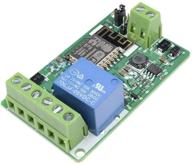
🔌 Ximimark 1Pcs ESP8266 Network Relay WIFI Module 220V 10A DC 7-30V 4 Layers Board TVS Input Automatic Protection: Enhanced Home Automation Solution

8 Review

MikroTik S+RJ10 Ethernet Transceiver

10 Review

10GBase-T SFP+ Transceivers, 10G Copper RJ-45 SFP+ CAT.6a, up to 30 meters, 🔌 Cisco SFP-10G-T-S Compatible, Ubiquiti UniFi UF-RJ45-10G Supported, Fortinet, Netgear, D-Link, Supermicro (Pack of 2)

9 Review
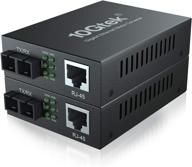
🔌 Gigabit Ethernet Media Converter, Single Mode Dual SC Fiber, 1000Base-LX to 10/100/1000Base-Tx, up to 20km, 2-Pack

9 Review
Another interesting products
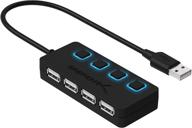
HB-UMLS Sabrent USB 2.0 Hub with 4 Ports and LED Power Switches for Each Port

12 Review
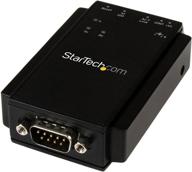
🔌 StarTech.com NETRS232 Serial to IP Ethernet Device Server - DIN Rail Mountable - Serial Device Server - Serial Over IP Device Server (Black)

4 Review
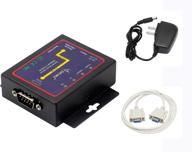
🔌 CERRXIAN RS232 to Ethernet Serial Device Server - TCP/IP Converter with 1Port DB9 RS232 Serial to Ethernet Connectivity

3 Review
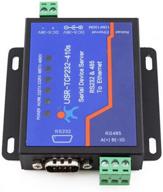
🔌 USR-TCP232-410s: RS232/RS485 Serial to Ethernet Adapter/IP Device Server with DHCP/DNS Support

4 Review

